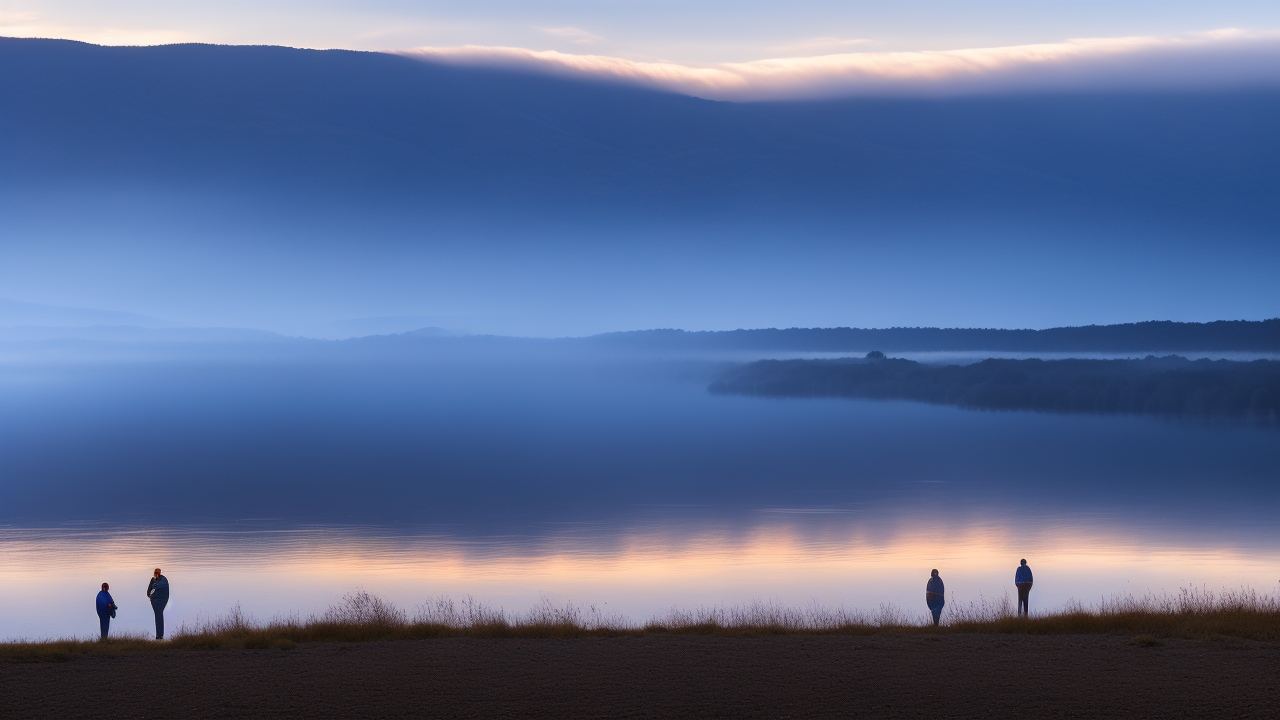On a mist-laden Scottish morning, when the loch lies mirror-flat and ancient hills brood over cold waters, something breaks the surface. Watchers on the shore hold their breath. For a moment, folklore and the present meet eye to eye—a ripple in reality, or proof that monsters still lurk beneath our stories?
Origins and Folklore
Nessie: a name conjuring images of dark water, prehistoric shapes, and a history as deep as Loch Ness itself. The legend of the Loch Ness Monster stretches back centuries. Scottish folklore speaks of ‘water horses’ and ‘kelpies’—spirits said to inhabit lochs, capable of dragging the unwary beneath. Early documentation dates to the sixth century, when Saint Columba is said to have repelled a ‘water beast’ from attacking a local man in the River Ness. Over the ensuing centuries, sightings and anecdotes—each embroidered by retelling—stoked the communal fire of mystery.
The 20th century brought global intrigue. In 1933, news of a strange creature in Loch Ness made international headlines after a local couple claimed to have seen “an enormous animal rolling and plunging.” The infamous ‘Surgeon’s Photograph’ followed in 1934, and though later revealed as a hoax, it set the template for the cryptid’s image: a long-necked, plesiosaur-like silhouette gliding in the fog. Nessie became a fixture of Scottish identity, its image carved into roadside signs and stamped on tourist mugs. Yet, beneath the commercial trappings, the myth persisted—a living embodiment of the unknown shadows lurking at the water’s edge.
Modern Sightings
Step into 2025, and the world’s appetite for monsters is undiminished. In January, the first reported sighting of the year arrived not with a roar, but a quiet ripple. According to The Post, a witness noticed a ‘black mass’ surfacing at the loch, an event promptly documented and sent to the Loch Ness Centre in Inverness. As Nagina Ishaq, the center’s general manager, told Vice in 2025, “The conditions on the day of this sighting were absolutely perfect. This could very well be our first significant sighting of the year, further fueling the mystery surrounding Loch Ness and its most famous resident.”
Notably, as reported by LochNess.com in early 2025, ideal calm at Dores Beach allowed one observer to note “a large, dark mass” partially submerged, remaining visible for several minutes. The Loch Ness Centre quickly reviewed the report, declaring it the first credible notification for the year, and community chatter revived instantly among believers and skeptics alike.
Technology continues to fuel fascination. According to National Geographic in 2024, over 1.5 million people tuned in to live Loch Ness webcams in search of a glimpse—making Nessie one of the most watched cryptids worldwide. Meanwhile, the Official Loch Ness Monster Sightings Register recorded just three “official” sightings in 2024, with two more from webcams, underscoring both the rarity and fervor with which these moments are prized.
Enduring Mystery, Enduring Community
The Loch Ness Monster differs from other cryptids in more than setting. Where some creatures fade from public interest, Nessie’s legend endures, evolving with each generation. Part of this longevity can be credited to the robust local and online research community. Social media swells with new photos and videos after each sighting, dissected by amateur sleuths and seasoned cryptozoologists. A Pew Research Center survey from March 2025 found that 36% of UK adults still believe there is “likely something unexplained” in Loch Ness—an astonishing testament to the pull of the unknown in a data-driven age.
But what’s behind the sightings? Theories range from misidentified wildlife and floating logs to seismic gas bubbles and light tricks refracted through thick Scottish mist. Nonetheless, comprehensive sonar studies and drone footage, while turning up the occasional unexplained blip, have yet to yield definitive proof. The absence of certainty is precisely the point. As researcher Roland Watson put it, “Nessie thrives in a space where certainty gives way to possibility—a mirror for our own need for wonder.”
Why It Matters Today
At a time when mysteries are increasingly dissected and solved, Nessie’s continued relevance says much about the modern psyche. The legend serves not just as entertainment but as a waypoint—inviting us to question the boundaries of what we know and what we choose to believe. In an era of environmental awareness, it also reminds us of the fragile ecosystems at the heart of our stories. Each new surge of attention draws visitors to the Highlands, boosting local economies even as it feeds a global sense of community rooted in shared mystery.
- Local economies benefit: The renewed interest in sightings brings thousands of tourists and millions in revenue annually to the Scottish Highlands, supporting small businesses and conservation efforts.
- Crowdsourced research grows: Online communities and amateur researchers now supplement traditional investigations, pooling sightings and digital evidence for public analysis.
- Folklore endures and adapts: The continued retelling and reinvention of the Loch Ness Monster story keeps local heritage alive while connecting newer generations to timeworn tales of the cryptid.
Whether Nessie is a holdover from prehistoric times, a trick of wind and wave, or simply a perfect vessel for our need to dream, her story remains a living conversation. Each sighting—photographed or dismissed—reminds us that mystery is not a thing to be solved, but a possibility to be cherished.
So the next time you scan a still lake, or wander through online debates in the worldwide cryptid community, remember: behind every ripple lies a story. And sometimes, that story is big enough to believe in, even if it never quite surfaces. Are you watching the waters?
